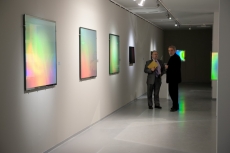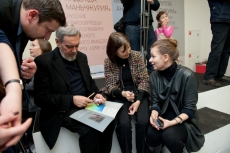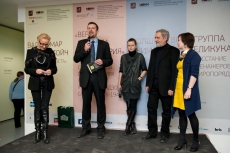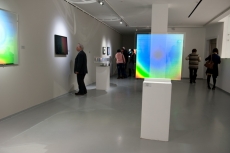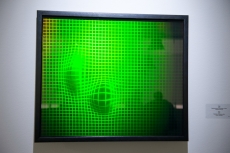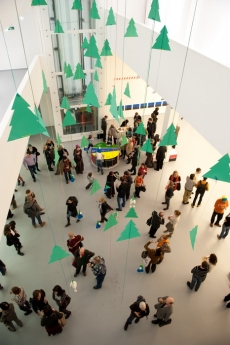The Art of Light
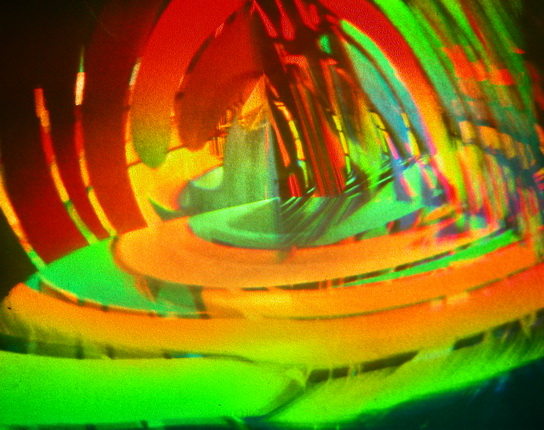
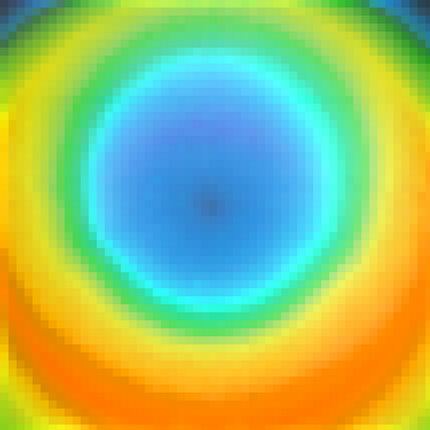
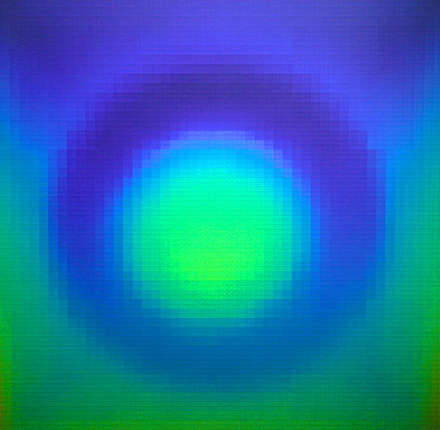
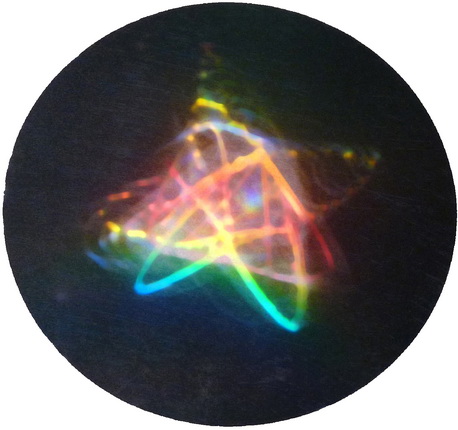
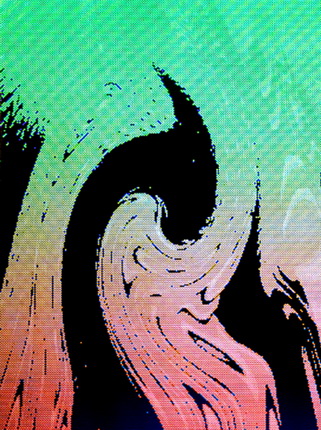
Waldemar Mattis-Teutsch. Party. 2002. Hologram. Artist’s collection
Waldemar Mattis-Teutsch. Little Sun and Moon. 1999. H.O.E. hologram, plexiglas. Artist’s collection
Waldemar Mattis-Teutsch. Little Moon. 2001. H.O.E. hologram, glass. Artist’s collection
Waldemar Mattis-Teutsch. Echo. 2008-2009. Reflection hologram, glass. Artist’s collection
Waldemar Mattis-Teutsch. Dot-Matrix 09. 2003. Rainbow hologram, plexiglas. Artist’s collection
Moscow, 21.12.2012—16.01.2013
exhibition is over
Share with friends
For the press
Resources that an artist uses to create his work have widened considerably for the past 20th century. Nowadays, almost any material of organic or industrial origin can be used by an artist. The artist has learned how to use these materials to create unique objects. For many years the Hungarian artist Mattis-Teutsch Waldemar has tried various traditional types of fine art: painting, graphic and sculpture. Being raised in one of the most famous artistic families in Hungary, he could artfully experience with form as he had gone through all stages of abstract and conceptual art. In his search of an «objective» resource he found holography — a relatively recent technical invention.
Like a sculptor works with marble, Mattis-Teutsch works with photons. He creates light sculptures out of the elusive, almost imperceptible for the human eye the quantum of light.
The light (to put more exactly electromagnetic wave) is the main art resource for Mattis-Tuetsch. He plays with it, restrains it and a viewer sees three-D images of the real things, ideally created and shown to us as if a result of a divine miracle. With the help of holography the artist transforms light fantasies, the light itself, which is given to us only as visual sensation, into the light spaces. He makes static sculpture forms out of the transient images that cross his mind. One cannot touch it, but one can see it from all angles. With every new sculpture it seems like Mattis-Teutsch wins a game against eternity. He shows us the invisible; he manages to restrain the light, the most rapid thing that exists in the world. He manages to open for us its beauty in the shape of an object.
Holography (from the Greek ὅλος hólos, «whole» + γραφή grafē, «writing, drawing») is a technique which enables three-dimensional images to be made. It involves the use of a laser, interference, diffraction, light intensity recording and suitable illumination of the recording.
Holography is a much broader field than most people have perceived. Recording and displaying truly three-dimensional images are only small parts of it. Holographic optical elements (HOE) can perform the functions of mirrors, lenses, gratings, or combinations of them, and they are used in myriad technical devices.
The holographic method was invented by the Hungarian-British physicist Dennis Gabor (Hungarian name: Gábor Dénes), who was awarded the Nobel Prize in Physics in 1971 «for his invention and development of». The development of the laser enabled the first practical optical holograms that recorded 3D objects to be made in 1962 by Yuri Denisyuk in the Soviet Union and by Emmett Leith and Juris Upatnieks at the University of Michigan, USA.
There are many types of holograms, and there are varying ways of classifying them. For our purpose, we can divide them into two types: reflection holograms and transmission holograms.
Transmission holograms, such as those produced by Leith and Upatnieks, are viewed by shining laser light through them and looking at the reconstructed image from the side of the hologram opposite the source. A later refinement, the «rainbow transmission» hologram, allows more convenient illumination by white light rather than by lasers. Rainbow holograms are commonly used for security and authentication, for example, on credit cards and product packaging.
Another kind of common hologram, the reflection or Denisyuk hologram, can also be viewed using a white-light illumination source on the same side of the hologram as the viewer and is the type of hologram normally seen in holographic displays. They are also capable of multicolour-image reproduction. Between the reflection and transmission types of holograms, many variations can be made, for instance, embossed holograms.

